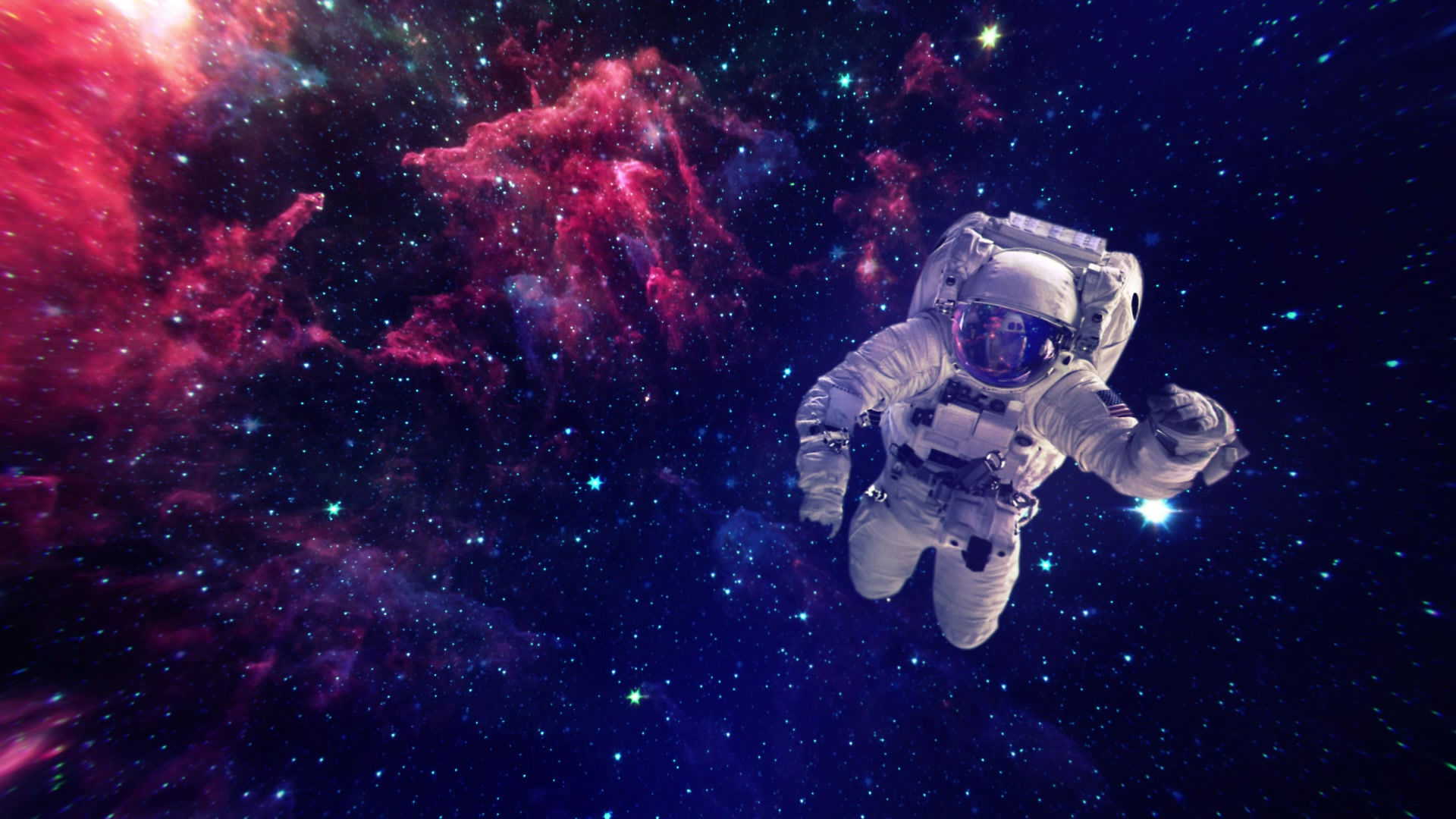
8th Grade Science
NGSSS Standards:
-
SC.8.E.5.1 Recognize that there are enormous distances between objects in space and apply our knowledge of light and space travel to understand this distance. Moderate (EOC)*
-
SC.8.E.5.2 Recognize that the universe contains many billions of galaxies and that each galaxy contains billions of stars. Low (EOC)*
-
SC.8.E.5.3 Distinguish the hierarchical relationships between plants and other astronomical bodies relative to solar system, galaxy, and universe, including distance, size, and composition. High (EOC)*
-
SC.8.E.5.5 Describe and classify specific physical properties of stars: apparent magnitude (brightness), temperature (color), size and luminosity ( absolute brightness) *
-
SC.8.N.1.6 Understand that scientific investigations involve the collection of relevant empirical evidence, the use of logical reasoning, and the application of imagination in devising hypotheses, predictions, explanations, and models to make sense of the collected evidence. Moderate (EOC)
-
SC.8.N.3.1 Select Models useful in relating the results of their own investigations. Moderate (EOC)
Big Ideas/Enduring Understandings:
-
Light from the next nearest start takes many years to arrive. The trip to that star would take the fastest rocket thousands of years.
-
The universe contains billions of galaxies, each with many billions of stars
-
Stars are celestial bodies that can be classified by their unique properties
Essential Questions:
-
What makes up the universe?
-
How do the properties of stars allow us to organize them?
Content:
-
Astronomical bodies are planets, stars, moons, asteroids, nebula, galaxies, dwarf planets, and comets
-
Relative distance, size, and general composition between astronomical bodies in the universe
-
Distances between objects in space in context of light and space travel
-
The universe contains billions of galaxies and stars
-
Distances will be given in units of astronomical units (AU) or light years.
-
Physical properties of stars: apparent magnitude, temperature (color), size, and absolute brightness.
-
Properties of stars and how these properties allow them to be categorized into the HR Diagram
Skills:
-
Compare and contrast the relative distance, size, and general composition of astronomical bodies in the universe.
-
Compare and contrast stars and galaxies in the universe
-
Organize the properties of stars into a logical diagram.
-
Interpret Hertsprung-Russell diagram
-
Identify apparent magnitude, size, absolute brightness, and temperature.
-
Analyze and collect relevant empirical data.
-
Use reasoning and imagination in devising hypothesis, predictions, and explanations.
Develop models to make sense of the collected evidence.